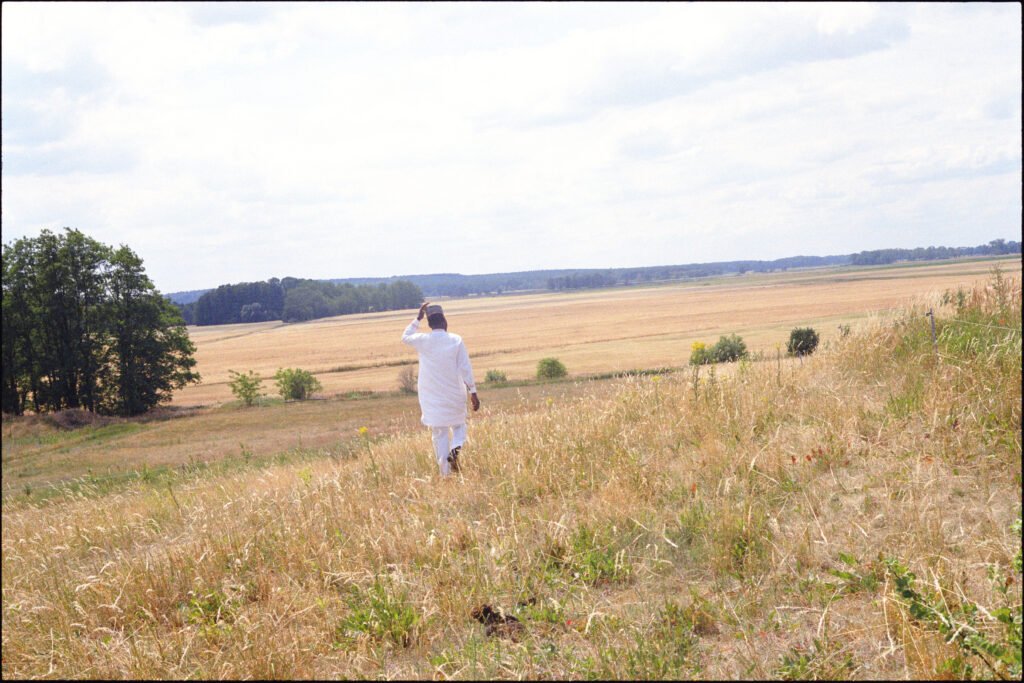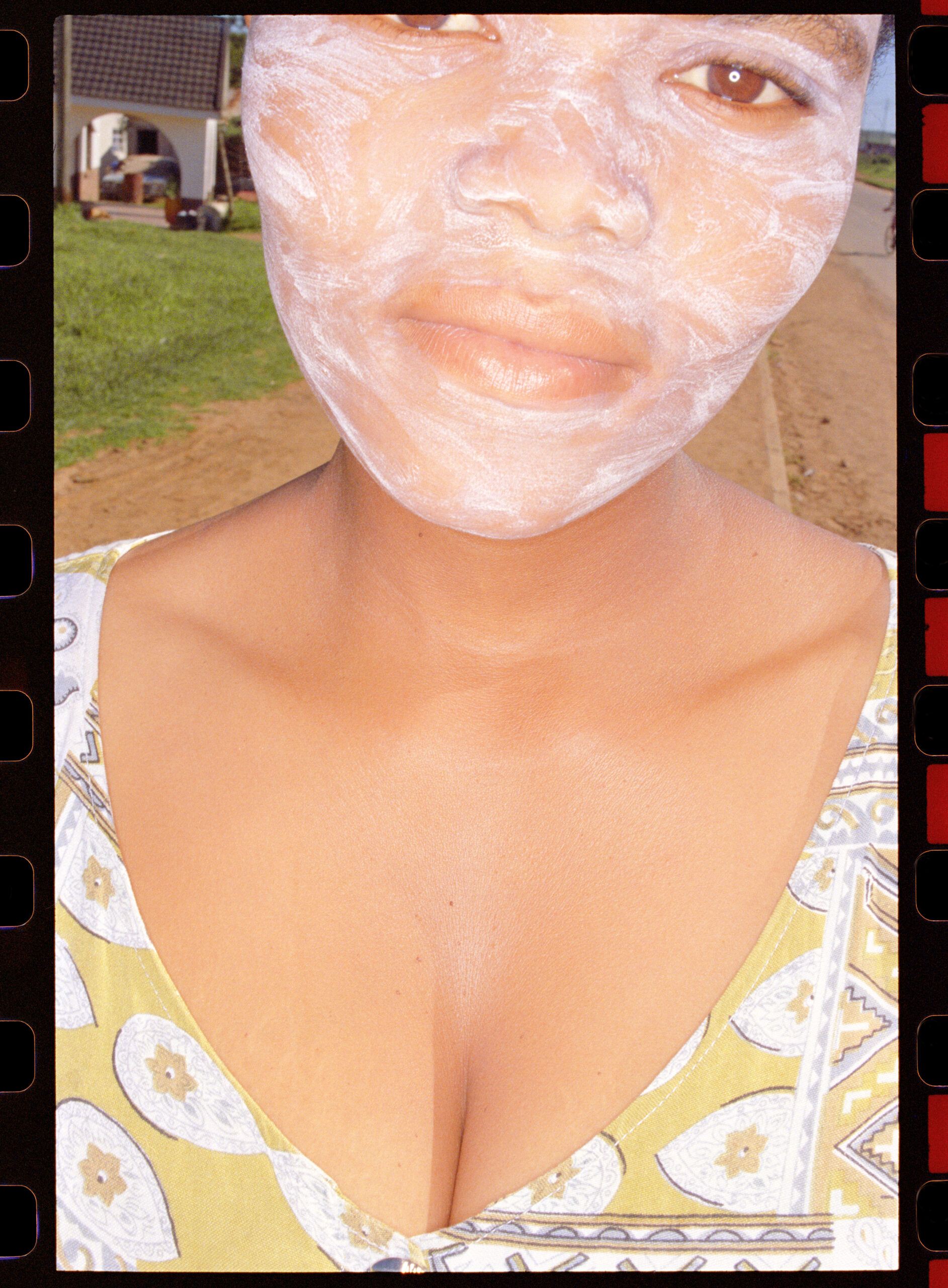As photographers, our entire photographic experience is about capturing fleeting moments that should be memorable. However, the consistency of which fleeting moments we choose to capture is how we create a motif or an identity. Identity in photography explores how we see ourselves as a person but also how we see ourselves in relation to others. The photograph or image is the physical manifestation of an individual experiencing the indexical world. Identity asks us to capture images in which we express our individuality and the traits that set us apart from others. Still, at the same time, the image also asks us to consider how our group affiliations can define us as being part of a distinct group. It invites us to consider how we depict who we are and what gives us a sense of belonging. Some aspects of identity include language, race, ethnicity, religion and occupation are also powerful markers. Some ways of expressing our identity also include our choice of hairstyle(s), clothing, language, tattoos and piercings. Identity Photography is naturally entwined with representation, as the identities we choose to photograph are a powerful tool that can be used to bring positive social change to our world as well as help us as photographers communicate which sides of society we are on and why. As photographers, our individual visions add to the collective human experience. Understanding identity and communication in the field means understanding how you are interconnected to the thing you photograph. It is to accept the responsibility for your subjects and also for how you presented them. These types of rules can be confusing for beginners, so today we are in conversation with Katharina Behling, a seasoned Berlin-based photographer who studied at the School of Visual Arts in Leipzig and at Rhodes University in South Africa. Since graduating in 1999, she lives and work as a freelance photographer focused on identity and communication, together with personal and collective chronicles that focus on people and social contexts. Her last Solo exhibition with photographs from the series “NIEMANDSLAND” was on view at the Goethe-Institut Ghana and ended around March 31, 2022.
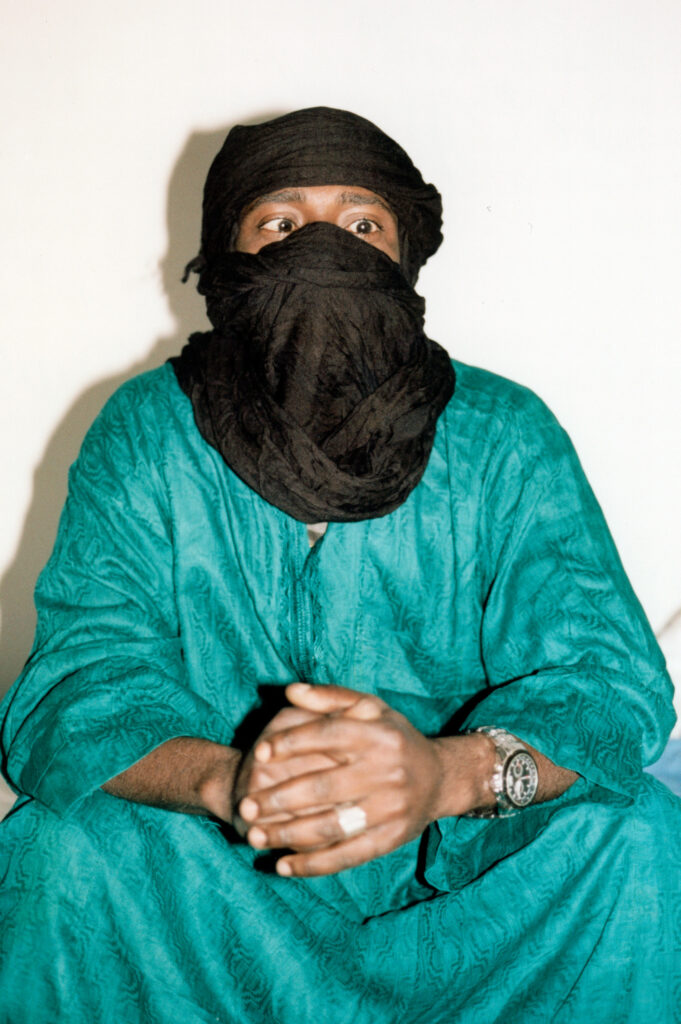
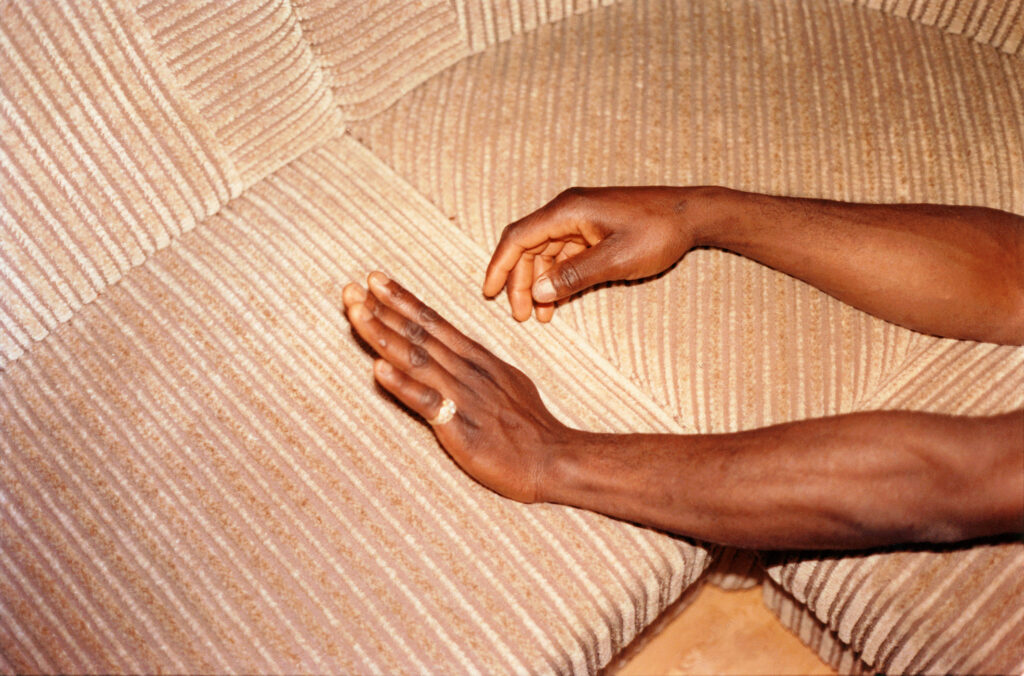
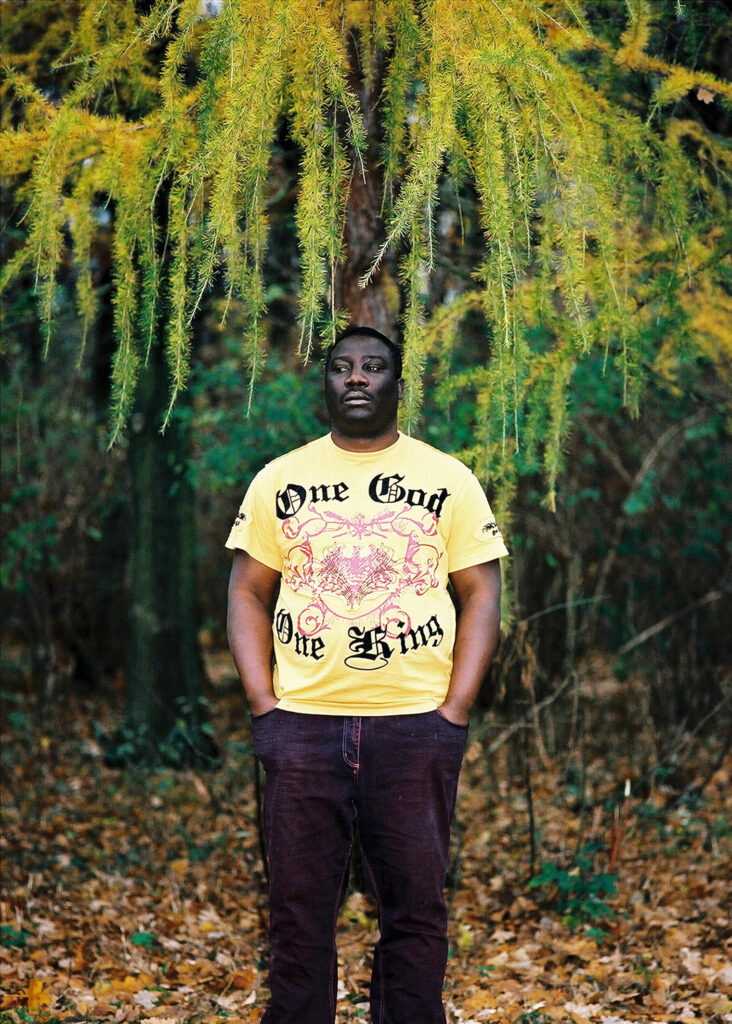
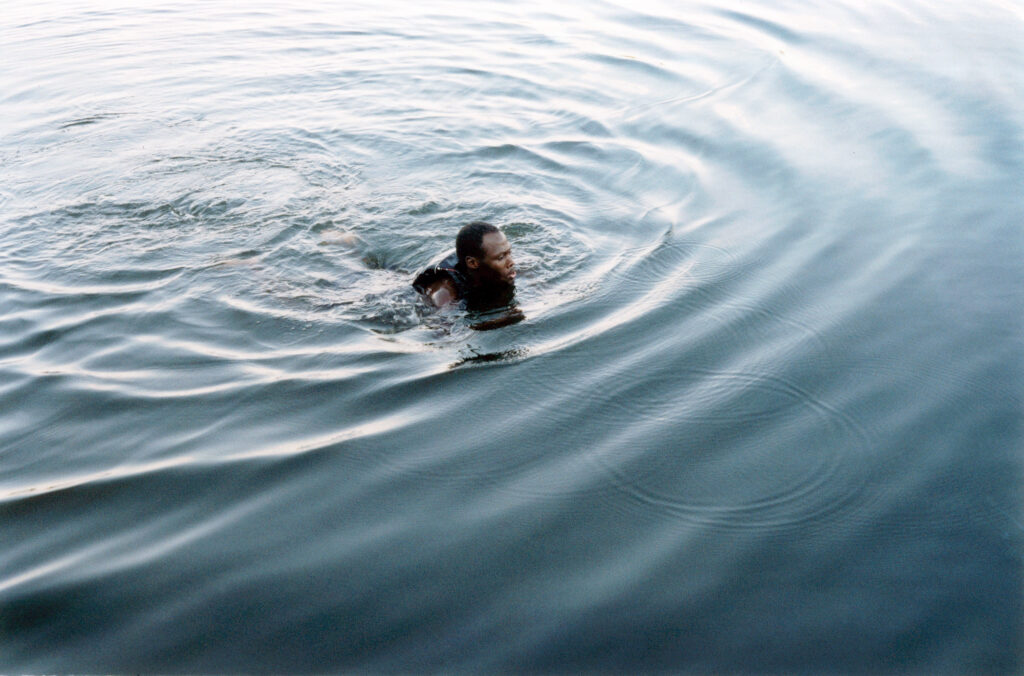
Hello Katharina Behling and welcome to Random Photo Journal! Briefly introduce yourself, What do you do and what got you started on your documentary journey?
I have been a freelance artist/photographer since 1999, I grew up in East Germany, the part of Germany that was communist. In the beginning, I worked as a model, but soon I found that cool women work behind the camera. Due to the reunification of the two previously divided German states, I suddenly found myself, as a very young person, in another – a capitalist Germany, without having moved. That has shaped my life, and I still often feel like a stranger in my own country. This circumstance is an important substantive drive, that shows itself in different ways in my artistic work. However, the unification of the two German states also allowed me to travel to non-socialist countries, which was previously not possible. During my photography studies, I studied for a semester in South Africa – in Makhanda.
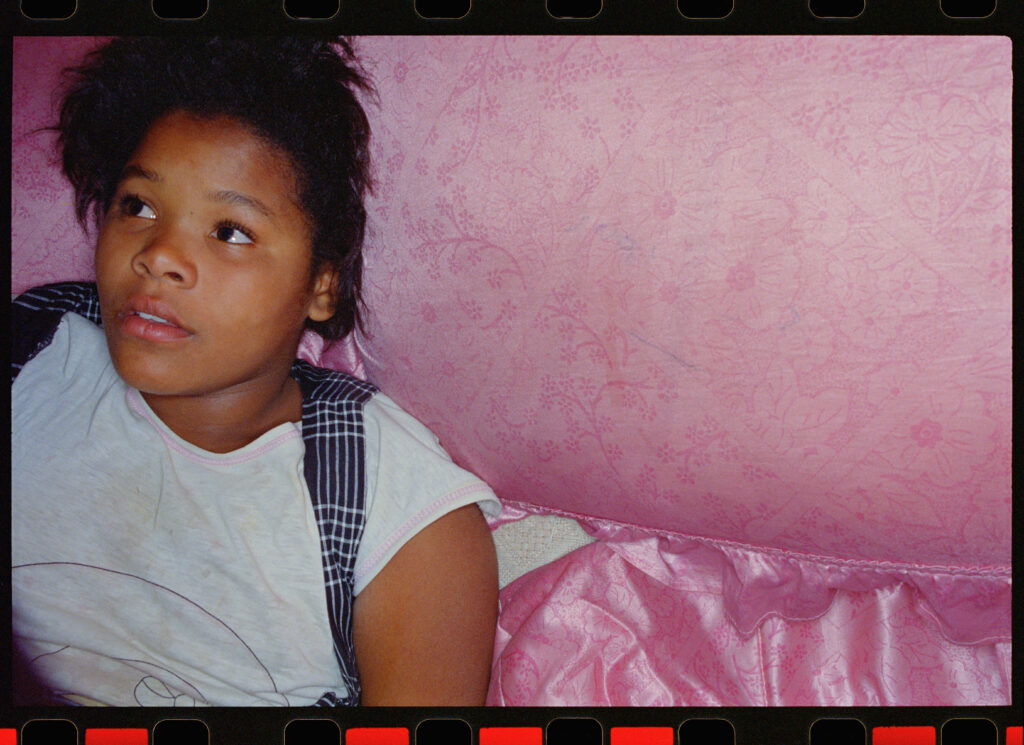
What are the criteria an image has to meet before it is included as one of the image(s) that gets to be featured in the books you make or are your selections done at random?
Such a picture should have an emotional and substantive meaning for me. Since I mostly work serially, the interplay of the images is just as important. The pictures should be able to support each other, in order to tell the story. I take photos quickly, but it takes me a long, to compose them. This process I find important and it’s fun too.
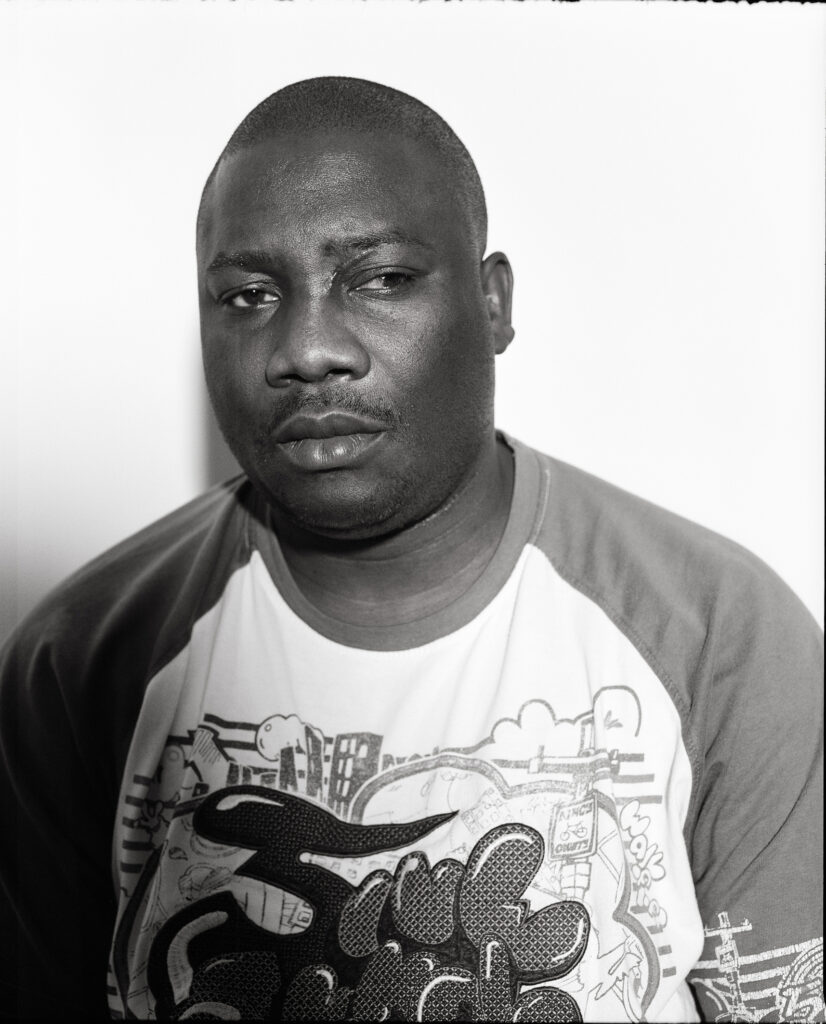
In your opinion, what makes a photograph great?
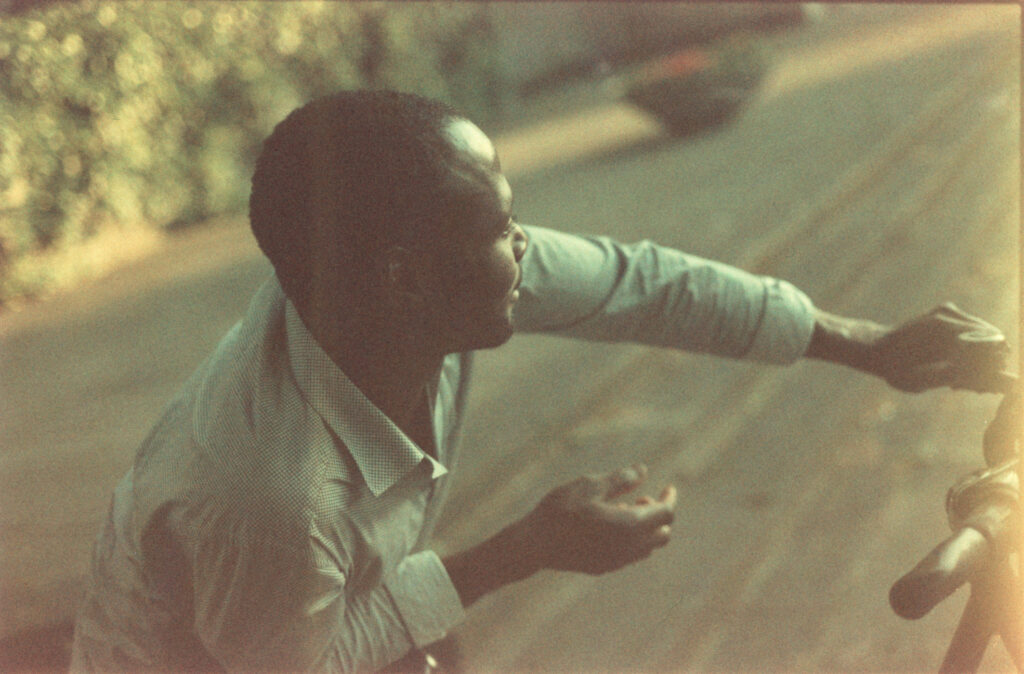
When you look at a picture you can feel, whether there is intelligence, elegance, ease, modesty, humour, power, and seriousness at play. I like these aspects.
As a seasoned photographer, published and granted, what advice do you have for young photographers or lens-based artists that they can always run to?
I try to keep these aspects in mind: find a topic and use that topic to ask your questions. Be as precise and specific as possible. Don’t bore yourself, try to find out something new, and go a step further than you normally would. And take the picture, when you get the chance, don’t think you can take it later, that never works with photography anyway.
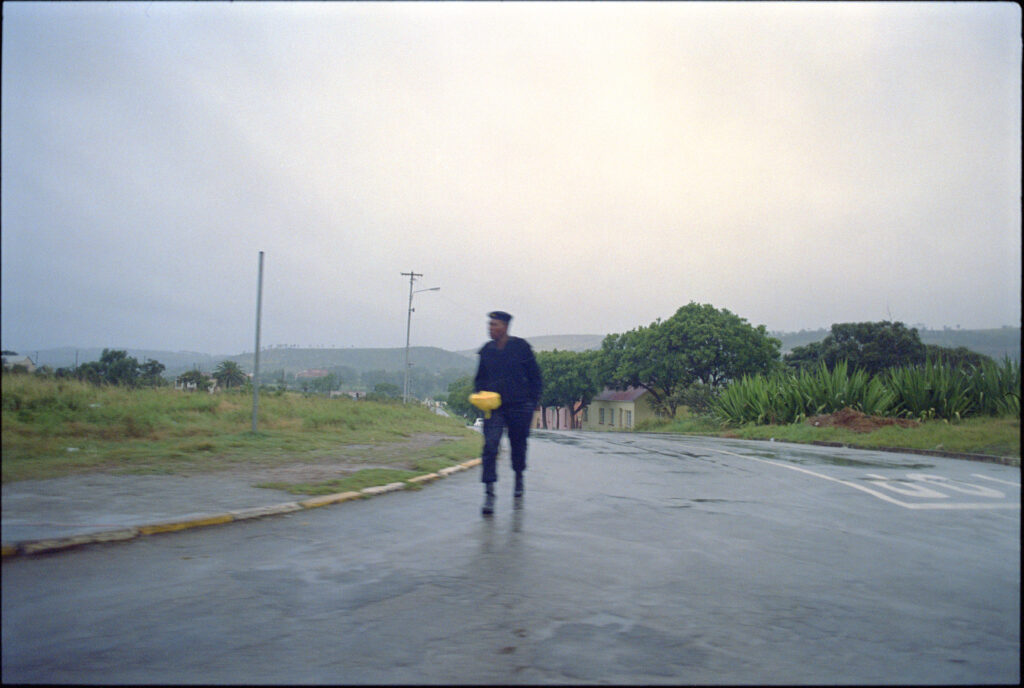
Is equipment important?
Yes, because with the equipment you determine what the picture will look like. I love analogue photography. Right now I’m working with a Rolleiflex. But I think you can take good pictures with any camera. Depending on the circumstances under which you work, or what you want to express. I like many kinds of images and styles. That brings me to your next question.


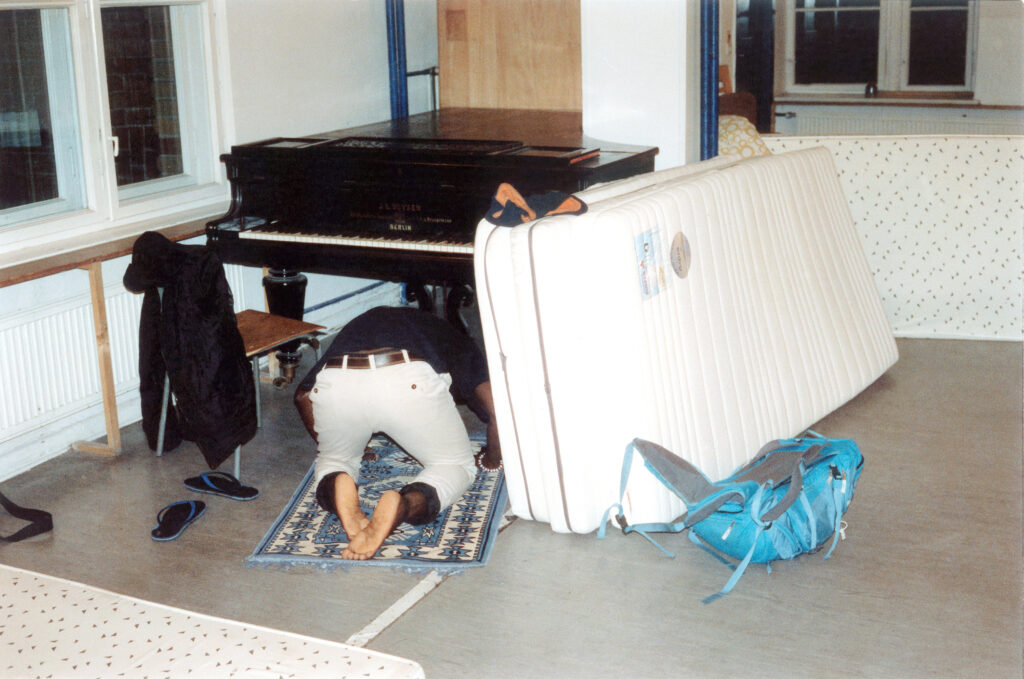
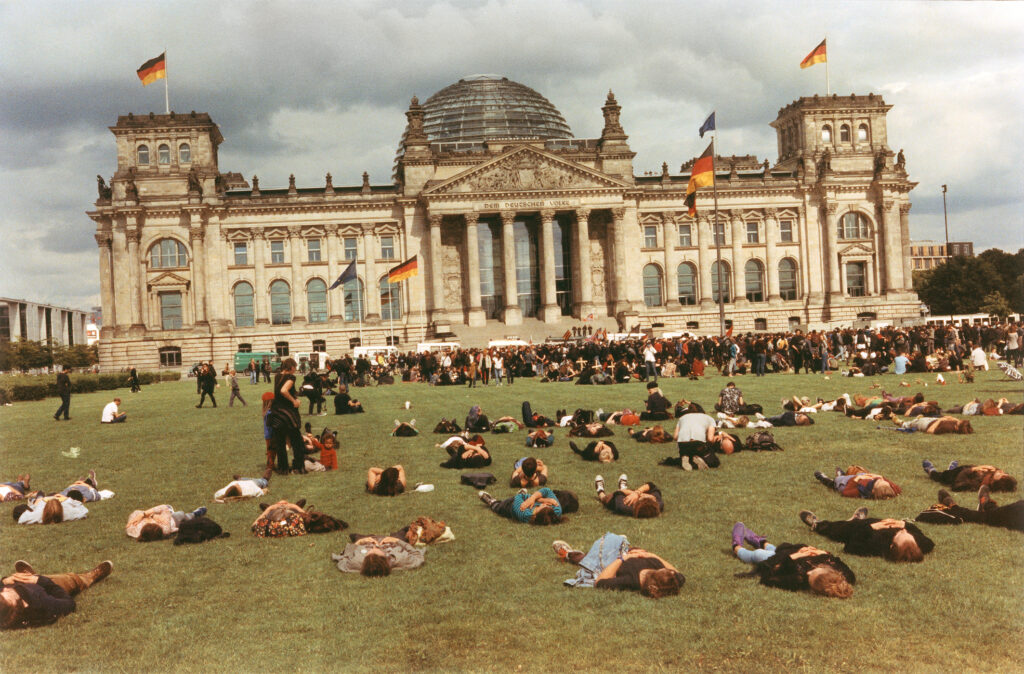
Are there other photographers whose work you enjoy and draw inspiration from?
Juergen Teller always has been one of my favourite photographers. He together with his girlfriend and creative collaborator Dovile Drizyte, took iPhone images, during a 12-day trip through Iran in 2019. I saw the photos in their exhibition called “If You Pay Attention,” and I was absolutely blown away. I also love the work of Sibylle Bergemann. She was one of the photographers, I got to know, while I worked as a model, and she inspired me to become a photographer myself. But back to the future: Random Photo Journal work is fabulous and is now hanging on my wall.
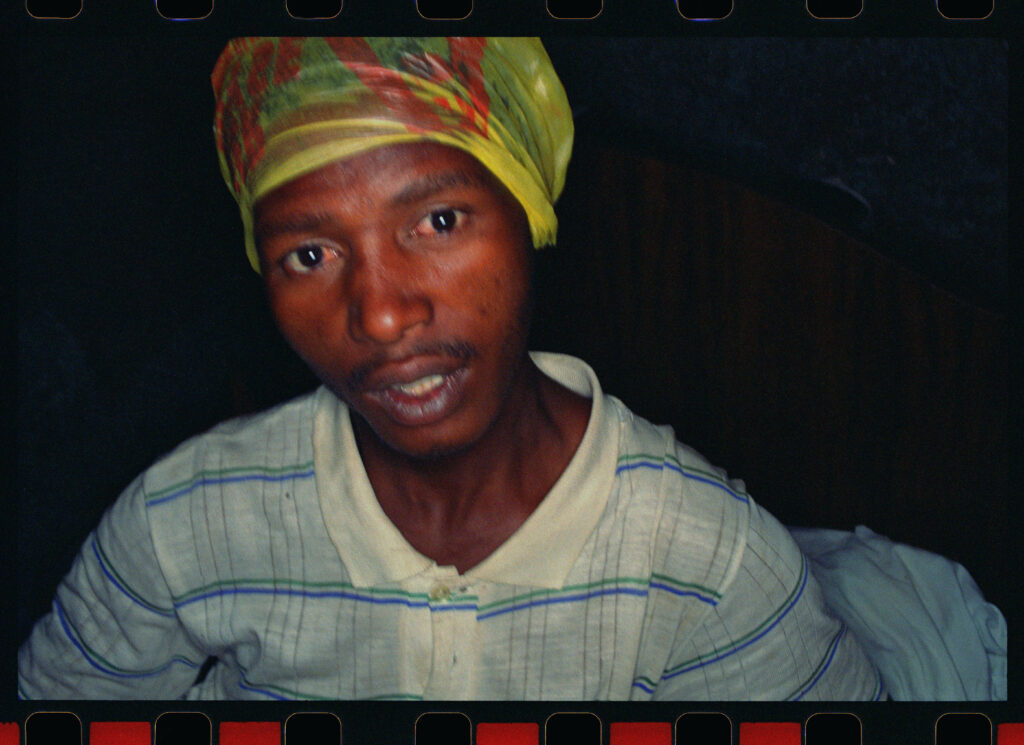
In the series of images, you shared with us, which is your favourite image, and what is the story behind it?
One picture shows Nasir, walking across a yellow field. I met Nasir for the first time in Berlin winter of 2015, to photograph him for my book „Niemandsland“. I immediately felt an inner connection to him, he even somehow reminded me of my father. Nasir has made a long journey, a true odyssey. Although he is quite young, there is something very serious, almost wise, about his nature. I have taken many pictures of him, that I like, since. On this one, Nasir is wearing his beautiful traditional dress, as is customary in Northern Nigeria, because we were visiting my mother in the Brandenburg countryside, where I was born. I like the picture, I hope the viewer can’t necessarily tell, which country it was taken in.
